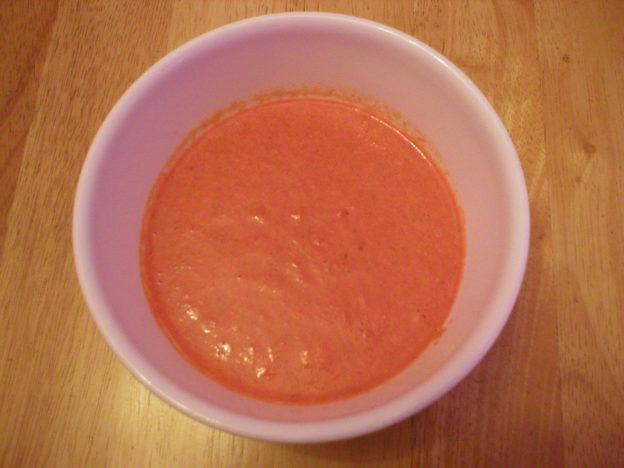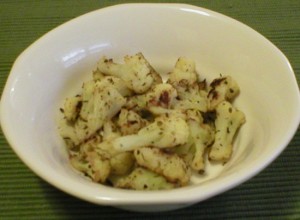Here’s an easy and fast dressing to make that can be used as a sauce served over cooked vegetables or grains, as a vegetable dip, or as a dressing over a green salad. It’s versatile and can easily be adapted to your flavor preference with the amount of vinegar or lemon juice added. The key is to taste it along the way then let it sit in the refrigerator overnight for the flavors to blend. Then taste it again and adjust the acid (vinegar or lemon juice) if needed. AND it’s SOS-FREE (no added salt, oil, nor sugar), so it’s worth a try!
Below is a video demonstration of how to make this dressing. The written recipe is below the video.
Enjoy!
Judi
Carrot-Orange Sauce, Dip, or Salad Dressing
Makes About 1-1/4 Cups
This delicious mixture can be used as a sauce over cooked vegetables or grains, as a dip, and as a dressing for green salads. The key is in the amount of lemon juice or vinegar you add. See the suggestion below!
¾ cup chopped carrots (raw, blanched, or frozen and thawed)*
2 Tbsp ground flaxseed
½ cup orange juice
½ tsp ground coriander seed
2 to 4 Tbsp lemon juice or apple cider vinegar**
Place all ingredients in a blender or food processor. (See notes below.)** Pulse or process until smooth. Transfer to a covered container, and place in the refrigerator for at least 20 minutes to allow it to thicken. Use within 1 week.
If you have a high-powered blender, the raw carrots can be pureed until smooth. If you do not own such a blender, using blanched, or frozen and thawed carrots will give you a smoother product since they will be easier to puree.
*Cook’s Note: To blanch fresh carrots, placed diced carrots in boiling water for 2 minutes. Drain and allow to cool some before processing.
** Suggestion: The amount of lemon juice or apple cider vinegar you add to this dressing transforms it from a sauce to a dip, or to a salad dressing. Use less acid (2 to 3 tablespoons) if you want to use this as a sauce over vegetables or a grain. Use a medium amount (3 tablespoons) if you want to use this as a dip. Use the full amount (4 tablespoons) if you use this as a salad dressing, so the tang will bring the flavor out above the salad greens. If you’re not sure, add just 2 tablespoons at first, taste it, and add more acid as desired.
The flavors will blend well when this mixture is allowed to sit in a covered container in the refrigerator overnight. This is especially helpful when adding 4 tablespoons of lemon juice or vinegar. When using this as a sauce with less lemon juice or vinegar, it may be used right away. However, allowing it to rest for 20 to 30 minutes gives the ground flaxseed time to thicken the mixture before it is used.


